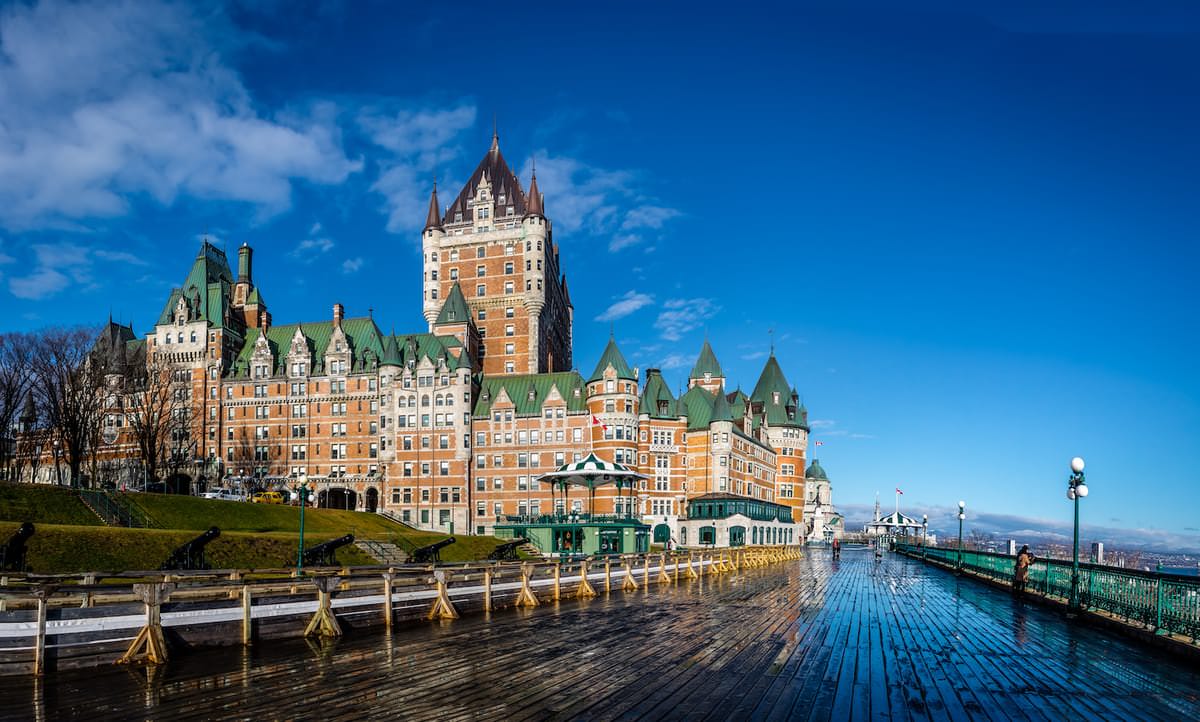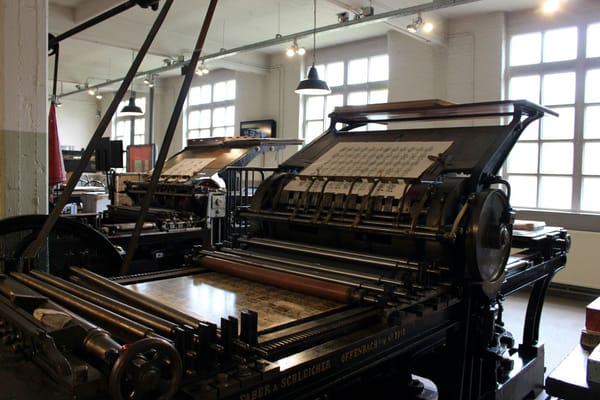The French In America

The French came to America for a few reasons: to find wealth, to escape from religious persecution, to find a passage to Asia, and trade.
In 1524, the French King commissioned Italian explorer Giovanni da Verrazano to find a passage to Asia through America, and maybe to find some treasure while he was at it. Verrazano sailed along the coast of the New World, up near Greenland, and then headed back home because he couldn't find either a passage or any treasure.
Some time later, a French navigator named Jacque Cartier led the first expedition down the St. Lawrence river in Canada. They had to return when some of his men contracted scurvy and a religious civil war broke out in France.
Two religious parties existed in France, the Catholics, and the French Protestants, or Huguenots, as they were called. Many Huguenots moved to North America to escape persecution, and some of these people ended up in Florida, where they built a fort and colony on the St. John's River. The Huguenots were then attacked by the Spanish, who viewed them as a threat to their expansion. On the Feast Day of St. Augustine, Spanish soldiers overpowered the Huguenots and renamed the city after the saint they were celebrating.
In 1603, King Henry IV brought an end to the civil war, and the French finally established a permanent settlement in the New World they called Quebec. From there, they participated in fur trading, which was very profitable, since fur was expensive back in Europe, especially beaver fur, which was usually made into hats.




